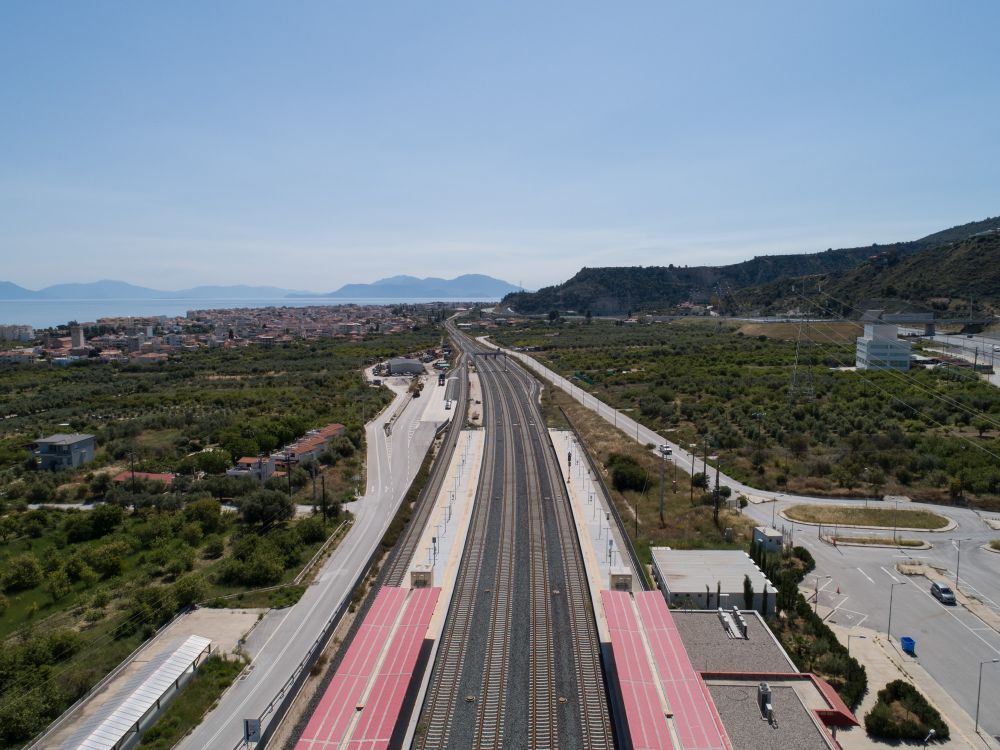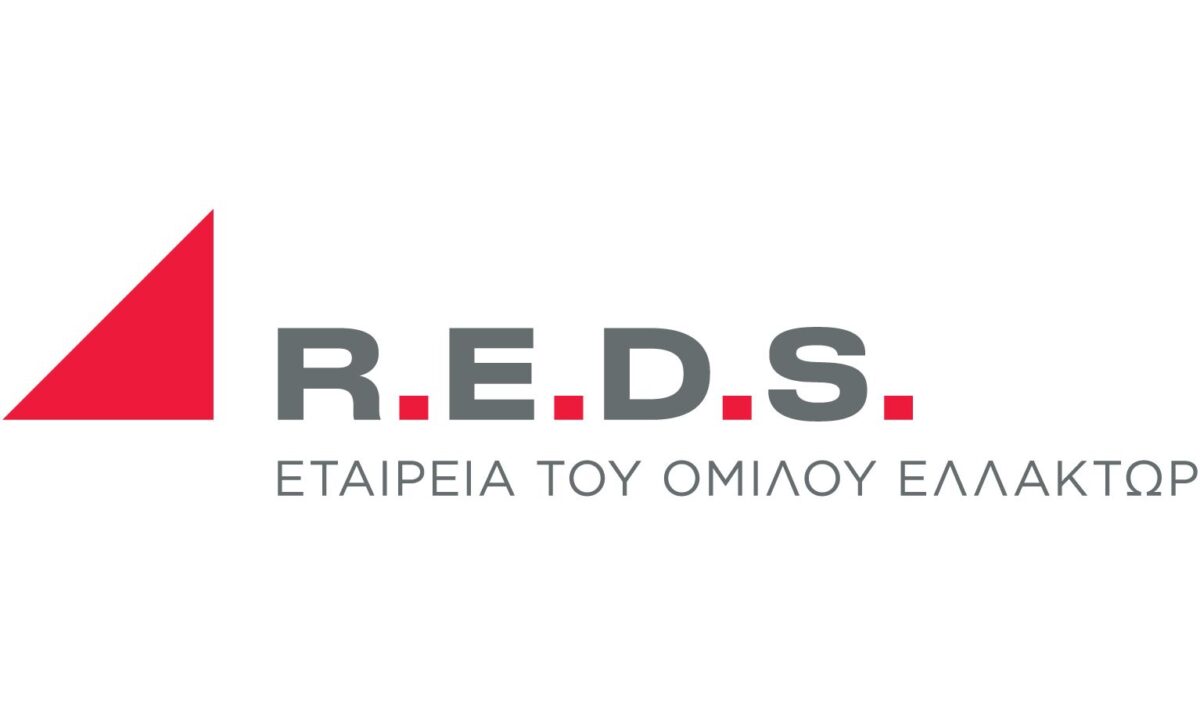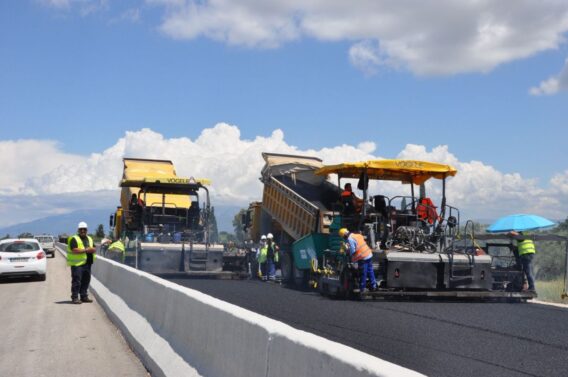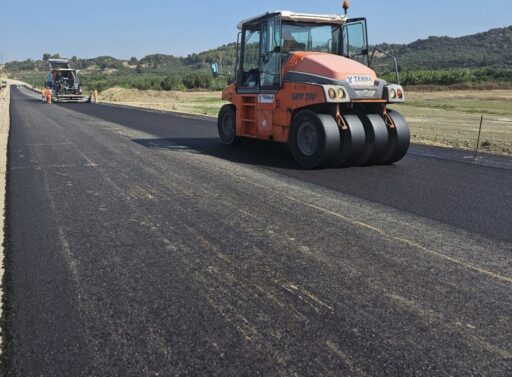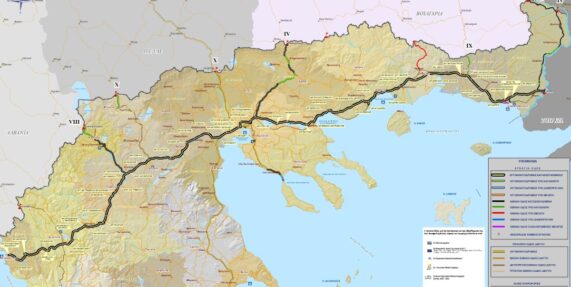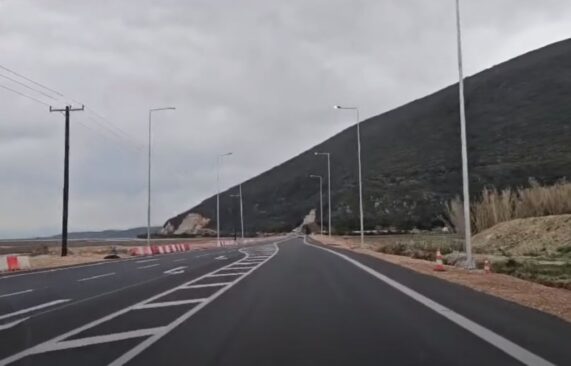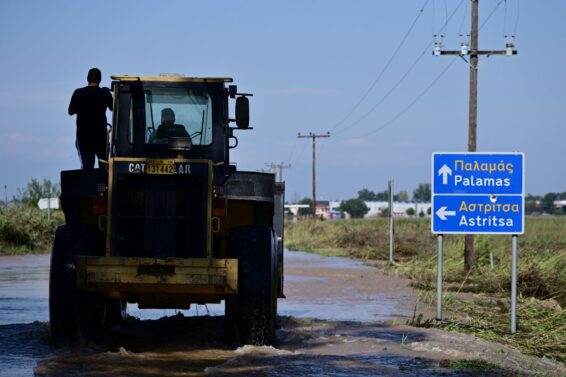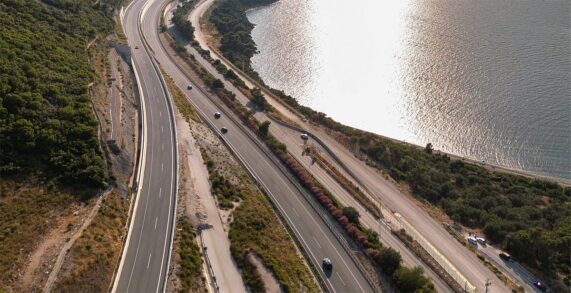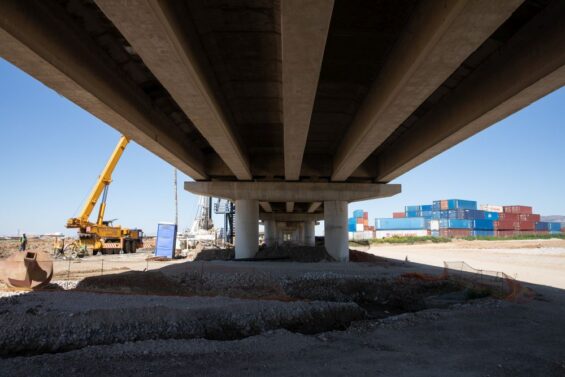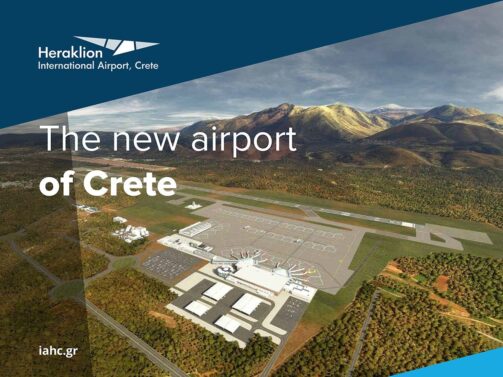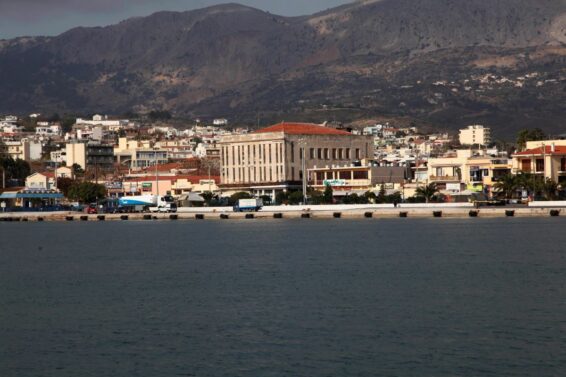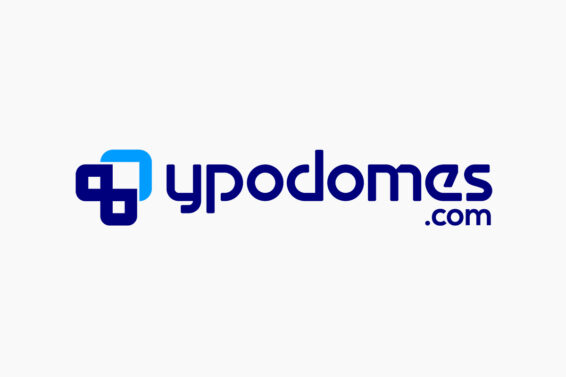“The bill lays the foundations for a safer, more modern, and more reliable railway system. Without grandiose words, without exaggerations, and above all with respect for the citizens who are waiting to see real changes in practice,” stated Deputy Minister of Transport Konstantinos Kyranakis, among other things, as he detailed the measures for the safety and modernization of the railway after the cabinet meeting.
The new bill seeks to introduce radical reforms to the operating model of the Greek railway, establish safety mechanisms for train operations, and enforce strict evaluation of personnel. It introduces a set of immediately applicable measures that enhance railway safety, emphasizing the reorganization of agencies and the strengthening of accountability.
Specifically, the bill is based on three pillars of intervention:
- New Railway Safety Structures
- Training and Evaluation of Railway Personnel – Stricter Penalties
- Modern Corporate Structure for the New OSE / Rapid Staffing of RAS and EODASAAM
All the provisions will be put to public consultation in the near future, with the aim of immediate implementation.
“We are taking a decisive step toward the substantial upgrading of railway safety,” stated the Deputy Minister.
“This is a plan with a timeline, specific actions, and control mechanisms,” he said, emphasizing that travel safety is no longer a theoretical concept; “it is becoming a daily right for all citizens.”
“The immediately applicable measures upgrade daily operations, establish the new OSE, adopt new technologies, clear rules, and strict oversight, while the improvement of human resources is now a priority. We know that regaining citizens’ trust will be difficult. Such trust can only be built through actions, accountability, transparency, and consistency at all levels. This plan lays the foundations for a safer, more modern, and more reliable railway. Without grandiose words, without exaggerations, and above all with respect for the citizens who are waiting to see real changes in practice,” Mr. Kyranakis emphasized.
Detailed Measures of the Bill for Upgrading Railway Safety Standards
1. New Railway Safety Structures
Unified Supervision Center
For the first time in Greece, a Unified Supervision Center is being created, providing full visibility and control of the railway network in real time, around the clock. In collaboration with the Traffic Control Centers, it will record every command, any potential violation, and every incident, ensuring continuous monitoring and immediate intervention in case of an emergency.
The Unified Supervision Center will be staffed by:
- Supervisors from OSE (Hellenic Railways Organization)
- A representative from each railway company
- A representative from the Police
- A representative from the Fire Department
It will supervise:
- The local remote control centers
- The precise geolocation system
- The stationmaster offices
- The enforcement of the General Railway Regulation
- The Railway Data Registry
The Unified Supervision Center will intervene depending on the severity of the incident: in the case of a harmless violation, it will digitally record the event; in the case of a potential danger, it will immediately inform the remote control centers and the train driver; and in the case of an immediate danger, it will issue an order to stop the train.
In this way, it will be possible to activate safety mechanisms immediately and without delay. The Center will now operate as a unified “control tower,” bringing all critical entities together on a shared operational platform, ensuring prevention and protection for passengers and the railway network.
Railway.gov.gr – The New Real-Time Information Platform
The application allows real-time monitoring of all trains, stations, and routes, with full geographic coverage across approximately 2,000 kilometers of the network.
Infrastructure is being created for immediate response, incident prevention, and event analysis. Every citizen will be able to see the real-time location of trains.
The new regulatory framework makes it mandatory to install two advanced GNSS receivers on every train engine, as well as satellite internet connectivity. Thanks to the use of the Hellenic Positioning System (HEPOS), each train’s location will be transmitted every few seconds with an accuracy of up to 5 centimeters.
Unlike traditional GPS technology, the new system allows for immediate tracking of each train’s exact position and speed, as well as the specific track it is traveling on. At the same time, a specialized algorithm detects potential collision courses early on—even if the trains are tens of kilometers apart—enabling the immediate activation of necessary prevention mechanisms.
The platform Railway.gov.gr is setting a new standard for the safety and transparency of railway transport, offering citizens and authorities full visibility and timely information at every point across the network
What is HEPOS
The Hellenic Positioning System (HEPOS) is an infrastructure project that enables highly accurate positioning by utilizing all existing satellite navigation systems (GPS, GLONASS, GALILEO). This allows for uniform and precise topographic measurements across the entire country, faster and more cost-effectively.
HEPOS consists of a network of 98 permanent satellite reference stations and a Control Center located at the facilities of the Hellenic Cadastre. It processes the data from the reference stations and sends users the information needed for precise positioning. Users of the system can access the data either in real time or at a later time through the HEPOS website.
Cameras in the Service of Safety
Additionally, the bill mandates the installation of cameras in every train driver’s cabin, in stationmasters’ work areas, and at all critical safety infrastructure points. At the same time, more than 1,500 cameras located in tunnels and other key points of the network will be continuously monitored through specialized software, aiming for the immediate detection of any irregularities or potential threats.
Digital Recording of Commands and Violations
An electronic real-time alert system is being introduced for any deviation from the General Traffic Regulation (GTR), with a historical log maintained for every incident. Paper-based commands are being replaced by a digital system that ensures their accuracy and effectiveness.
2. Training, Evaluation of Railway Personnel – Stricter Penalties
Evaluation Based on Hellenic Air Force (GEA) Standards
In collaboration with the Medical Services of the Armed Forces, strict psychometric and medical testing standards will now be applied to those serving in critical railway safety roles. These tests will be mandatory both upon hiring and during regular staff evaluations, and will include reflex tests, psychometric assessments, crisis management tests under pressure, simulator use, voice clarity tests, general medical examinations and sensory checks, blood tests for the detection of narcotic substances, as well as evaluations of theoretical knowledge.
Reinstatement of the Train Chief
As an additional safety measure, the mandatory presence of a Train Chief is reinstated on all routes where trains operate at speeds exceeding 120 kilometers per hour. The role returns strengthened, as each Train Chief will be trained both as a train driver and as a stationmaster.
Their duties will include monitoring compliance with the General Traffic Regulation, supervising telecommunications, checking for signs of fatigue or incapacity in the train driver, and having the authority to intervene in cases of rule violations or to replace the driver if necessary.
The Train Chief acts as the manager of the train and remains in direct communication with the Unified Supervision Center.
Strict Evaluation System
In cases of violations of the General Traffic Regulation by employees in critical roles, a new system for categorizing violations into high, medium, and low risk is being introduced. Using the digital recording system, the cumulative behavior of each employee will be monitored. Regarding railway company personnel, if a driver who has committed violations is not removed, the company’s operating license may be suspended.
3. Modern Corporate Structure and Flexibility for the New OSE – “DEI Model”
Independent Management and Administrative Flexibility
The new OSE is being transformed into a public limited company under the name “Hellenic Railways S.A.”, with an independent Board of Directors. Greater flexibility is being introduced in the hiring processes for specialized personnel, aiming for the immediate fulfillment of staffing needs without the lengthy approvals and procedures typical of the public sector.
At the same time, the new structure allows for internal transfers and changes without the restrictions of the civil service code, as well as the ability to attract executives from the private sector and abroad, offering salaries that are more competitive than those under the unified public sector pay scale. In addition, more flexible and targeted procedures are being introduced for the procurement of equipment and the implementation of critical infrastructure projects.
Reorganization of the Railway Regulatory Authority (RAS)
- New organizational structure and acceleration of recruitment through flexible procedures
- Establishment of a Railway Inspectors Unit within RAS
- Full financial independence of EODASAAM (Railway Accident and Incident Investigation Body)
- Full implementation of its recommendations under this Bill
- Operates independently at both administrative and financial levels
A Unified Emergency Response and Railway Accident Management Plan is Being Drafted
To ensure the effective handling and management of railway accidents, a Unified Emergency Response and Railway Accident Management Plan is being developed. The plan will clearly outline the operational design, specific roles, and protocols for all public and private entities in the event of an accident.
The Committee for Drafting the Unified Emergency Response and Railway Accident Management Plan will be composed of representatives from: the Ministries of Infrastructure & Transport, Climate Crisis & Civil Protection, Citizen Protection, and Health; the Hellenic Police; the Fire Department; the National Emergency Center (EKAV); the railway infrastructure manager; railway companies; the Railway Regulatory Authority (RAS); and the Railway Accident and Incident Investigation Body (EODASAAM).
Regarding Hellenic Train, the Deputy Minister announced that the company has committed to investing in new trains, and the contract signed with the company will be re-evaluated from the beginning.
For more details and the complete article in Greek, click here
ΜΗΝ ΞΕΧΑΣΕΤΕ
- Ακολουθήστε το ypodomes.com στο Google News και μάθετε πρώτοι όλες τις ειδήσεις για τις υποδομές στην Ελλάδα
- Αν είστε επαγγελματίας του κλάδου, ακολουθήστε μας στο LinkedIn
- Εγγραφείτε στο Ypodomes Web TV

